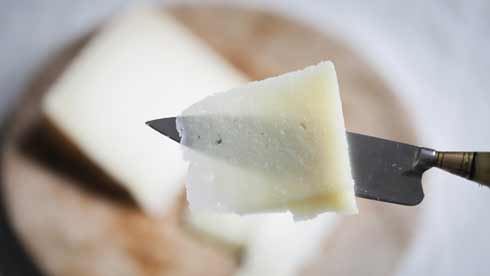LA MONTANERA
Learn all about La Montanera, when the ibérico pigs will fatten on their acorn rich diet.
WHAT IS THE MONTANERA?
La Montanera is the autumn season of acorn-foraging in the Dehesas of SW Spain. During this period the Ibérico pigs will fatten on their acorn rich diet.
Over the summer, the Dehesas are parched by the sun, so they look very different to the springtime when they are lush green pastures full of wild herbs and grasses. However with the coming of the early autumn rains, fresh grass grows and the Dehesas are replenished.
Now the pigs are rooting through fallen leaves and walking between natural ponds and springs to find the acorns which are beginning to fall from the trees. There is a new urgency once the summer heat has gone, to gather reserves for winter.
The process of searching for food is crucial to the end taste of the ham, as the exercise the pigs do now is important to help the acorn oils to infiltrate the leg and shoulder meat and give the wonderful complex flavours of Ibérico Bellota ham.
The pigs will actually select the sweetest acorns first, which grow on holm oak trees, and will eat the more bitter tasting acorns from the cork oaks last.
THE SEASON IN THE HAM PRODUCING REGIONS OF HUELVA, EXTREMADURA AND GUIJUELO
In October, the temperatures are lowering, the rains are starting, the land is absorbing water, the grass is growing and the pigs are looking refreshed and able to eat more acorns in Huelva. The holm oaks in particular are heavy with the sweet acorns preferred by the pigs. It seems like a very good Montanera, after a dry summer, with rains hoped for until March or April.
In Extremadura temperatures remained low until April, so the spring flowering started late and although now the acorns are plentiful, the Montanera is about 10-15 days behind its usual season. The late September rains have been key to ensure the acorns grow large enough and the pigs are able to compliment their diet with fresh grasses.
In Guijuelo, the current weather is crucial: gradual rain and cool temperatures are needed for the grass and acorns to be of optimum quality. The cork and gall oak acorns are particularly reliant on September rains for their quality. The Dehesas are still quite dry, so it is likely that the Montanera will begin late, around mid-October.
THE AUTUMN WORK IN THE FIELDS
All of our Ibérico suppliers produce hams which hold a D.O.P., therefore their production is carefully monitored by the regional D.O.P. authorities, who all have slight variations on their criteria and monitoring processes.
First the pigs are checked visually and through documentation of their race and age to ensure they are pure Ibérico. They are also weighed to make sure they do not exceed 115kg. For full Bellota classification, they will reach 161kg purely by eating acorns and wild grasses.
The best pigs are then sent to the best farms and fields, and the number of pigs per farm are declared, so that the spread of acorns per animal is controlled and optimum for the best flavour. The D.O.P. authorities will regularly inspect (usually about 8 times over 2 months) the different farms to check that the distribution of space per animal is being adhered to, as well as how the animals are being fed.
In terms of feed, the D.O.P. inspectors want to check that full Bellota animals are not receiving any grain, so they will check the faeces, check for signs of grain feed around the fields or in storage as well as making sure that the animals do not approach them like a domestic animal, as this would indicate they are used to being fed rather than foraging themselves.
As a minimum the animals must spend 2 months of Montanera fattening, however usually they have closer to 3 months.
Further regulations come into play to control slaughter and curing: for a product that takes around 5 years to reach your plate, the investment in the animals’ welfare is huge, and every step of production is important. Ibérico pigs are truly free-range animals and the Montanera period is the most important in the year.
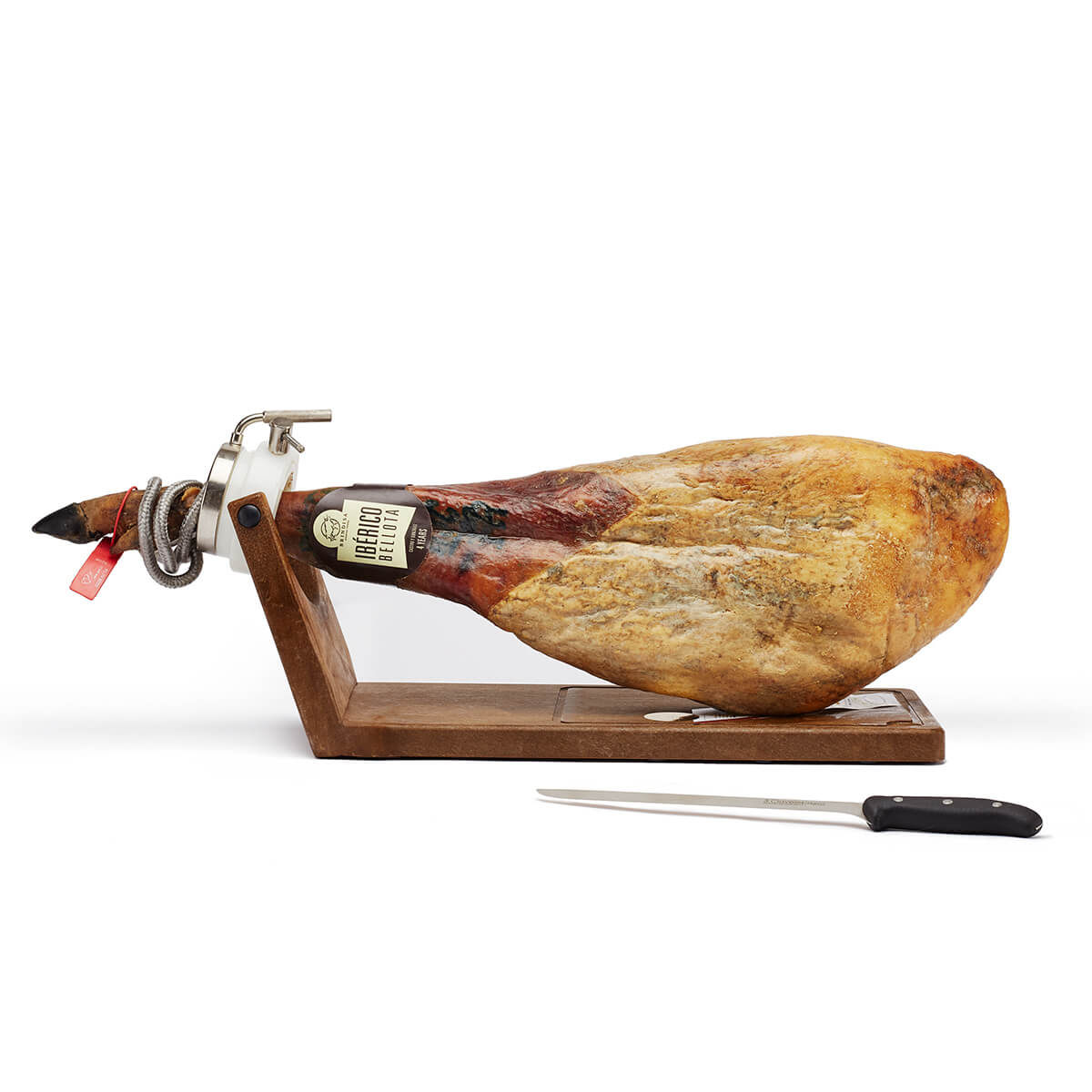 Brindisa Bellota 75% Iberico Ham Kit
Brindisa Bellota 75% Iberico Ham Kit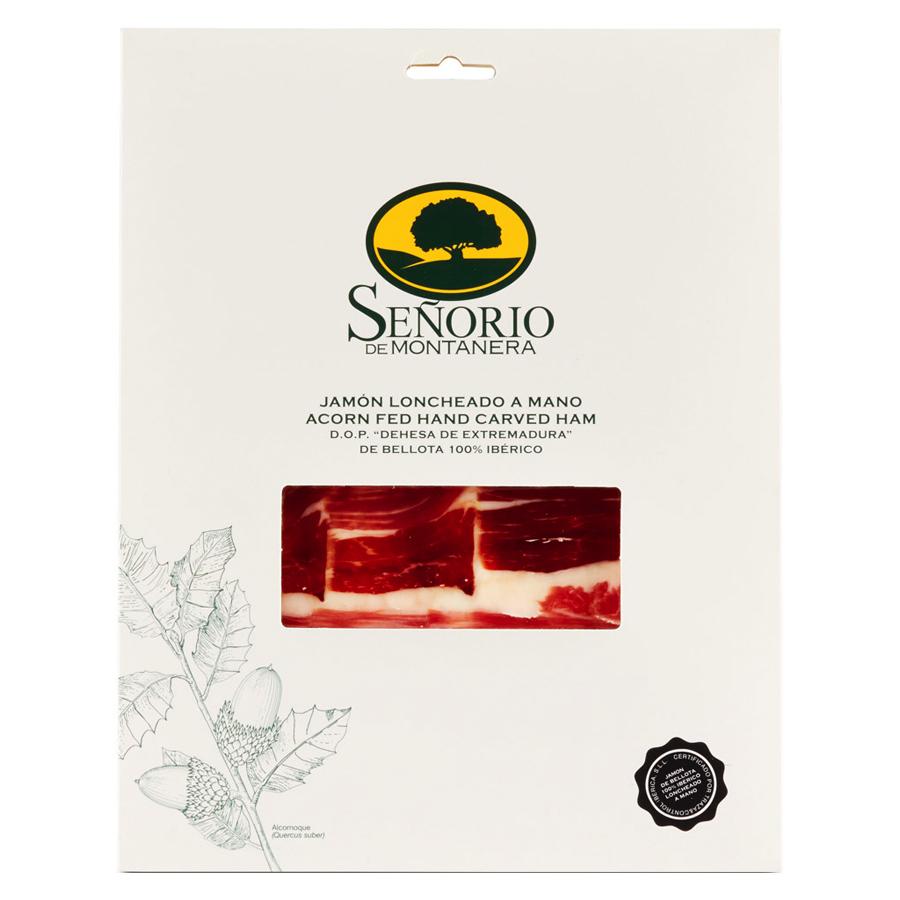 100% Iberico Hand-Carved Ham
100% Iberico Hand-Carved Ham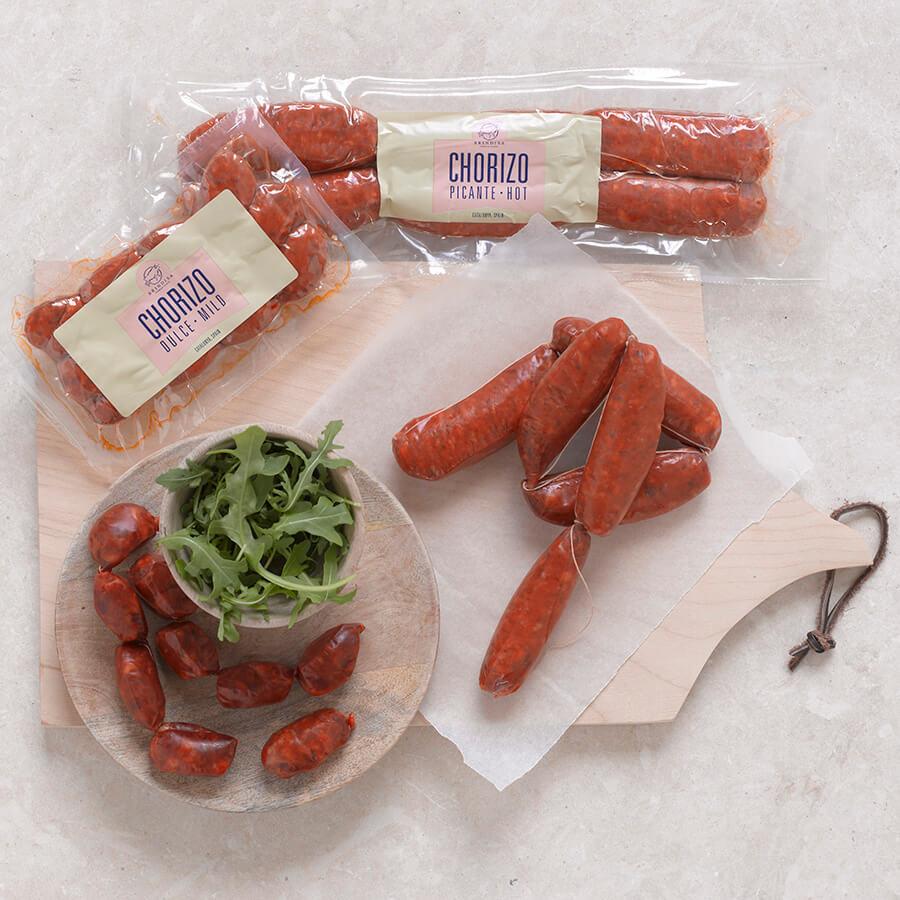 Cooking Chorizo
Cooking Chorizo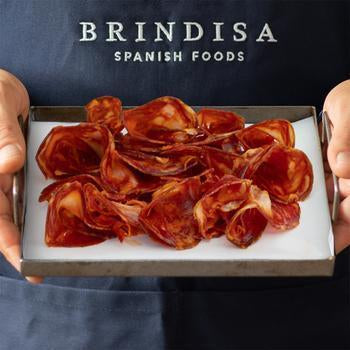 Freshly Sliced Charcuterie
Freshly Sliced Charcuterie Truffle Manchego
Truffle Manchego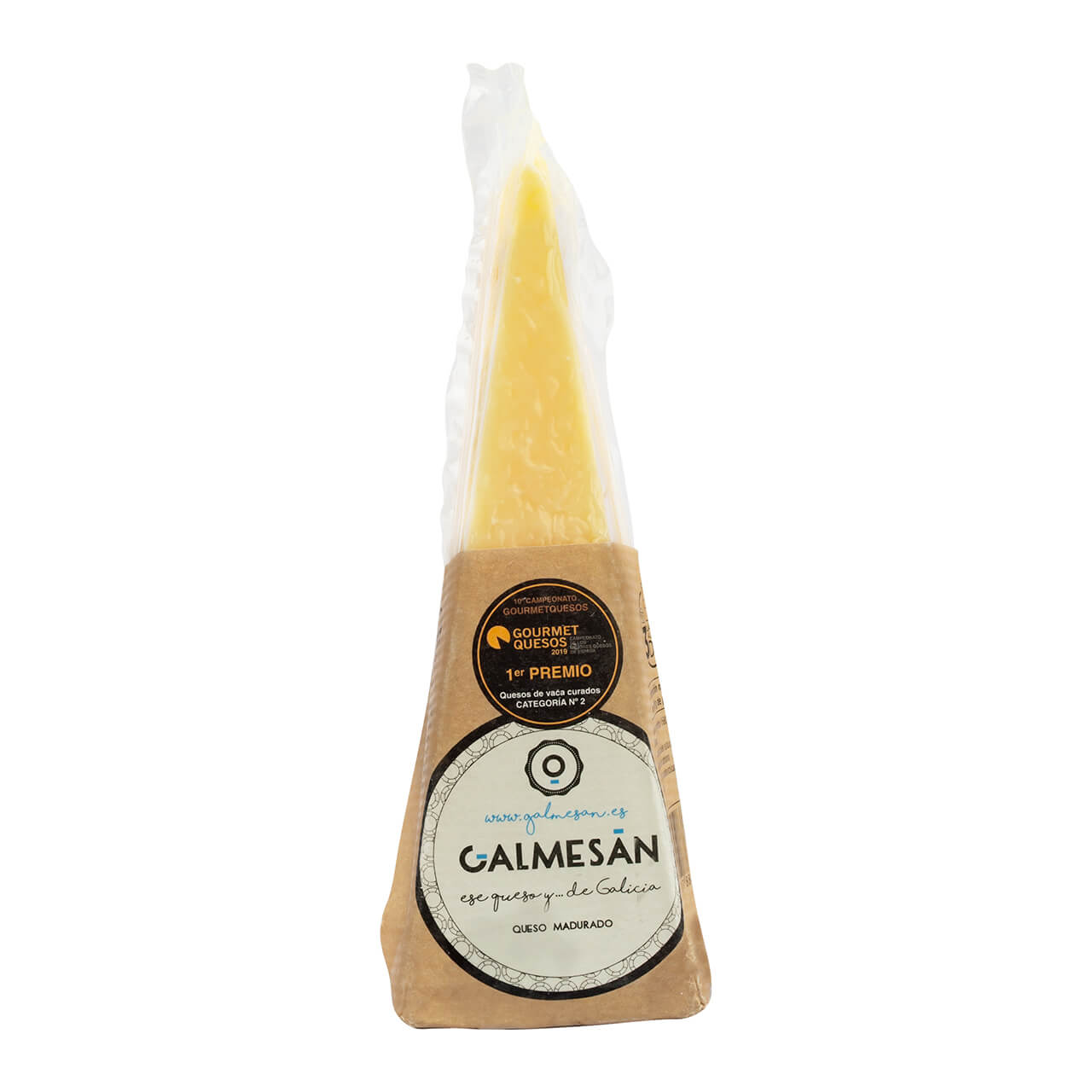 Galmesan Wedge
Galmesan Wedge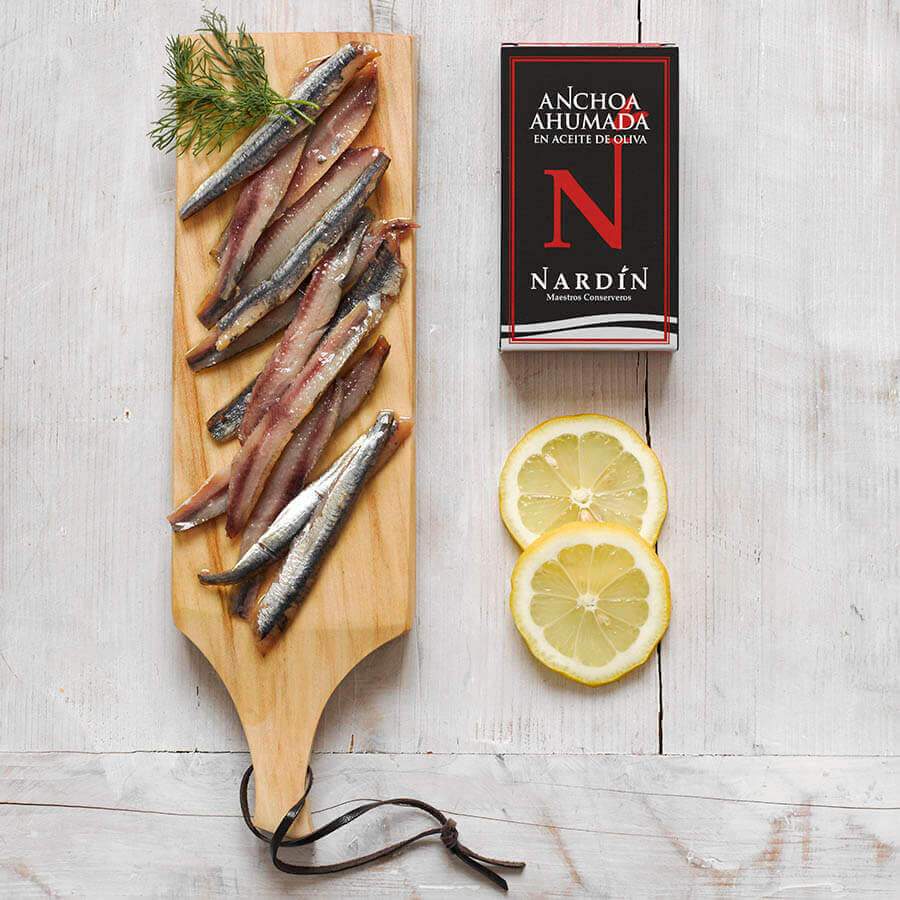 Beech Smoked Anchovies
Beech Smoked Anchovies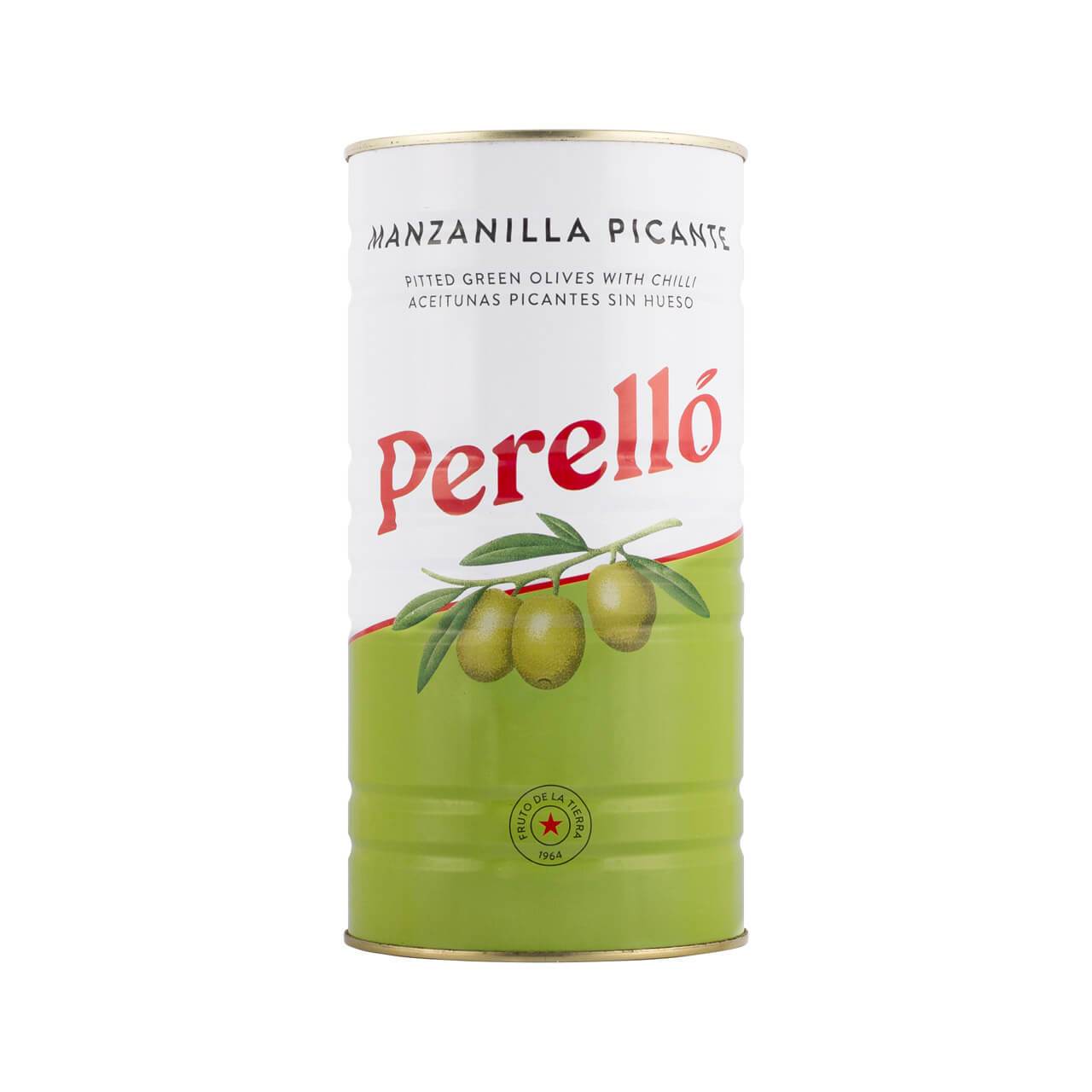 Perello Manzanilla "Martini" Olives
Perello Manzanilla "Martini" Olives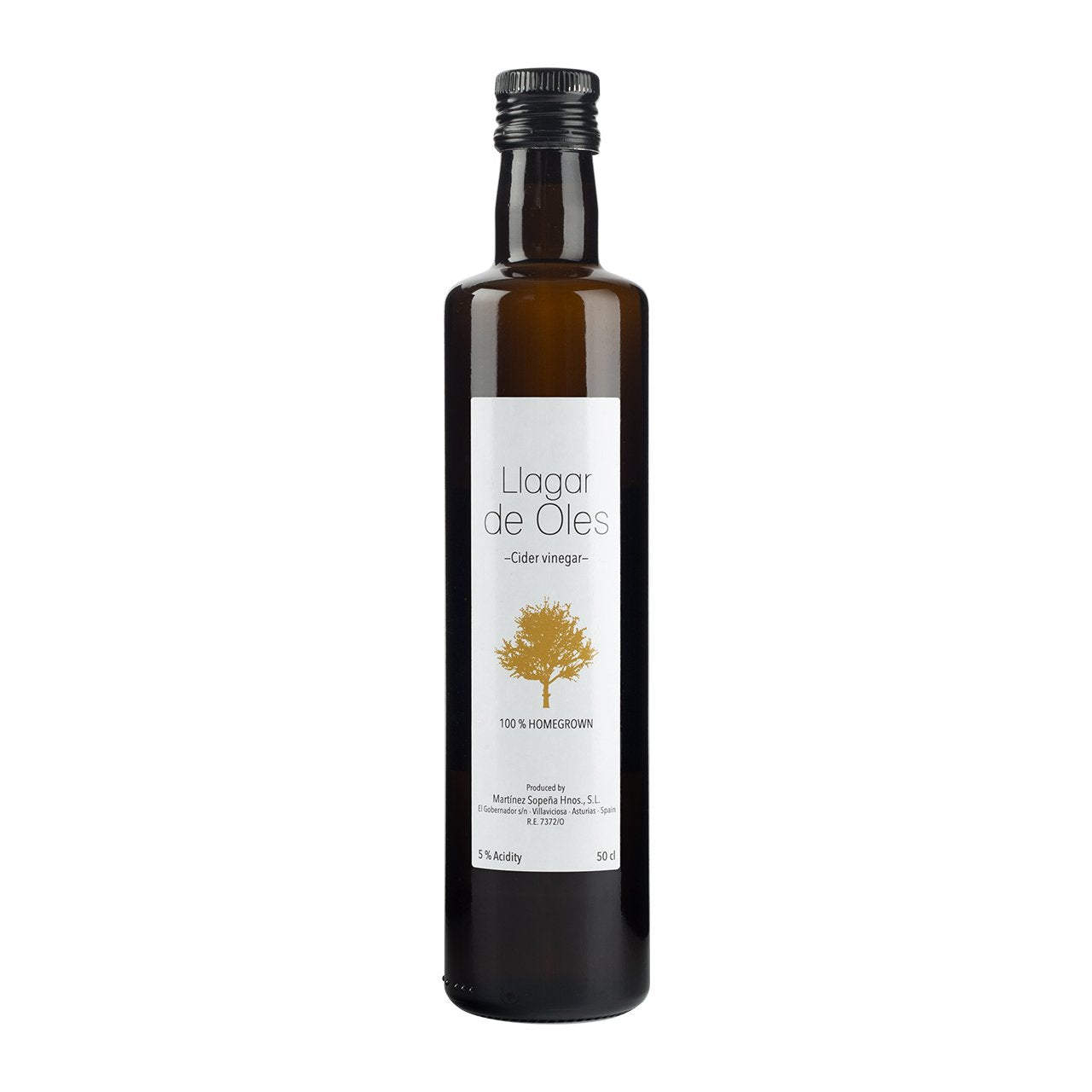 Apple Cider Vinegar
Apple Cider Vinegar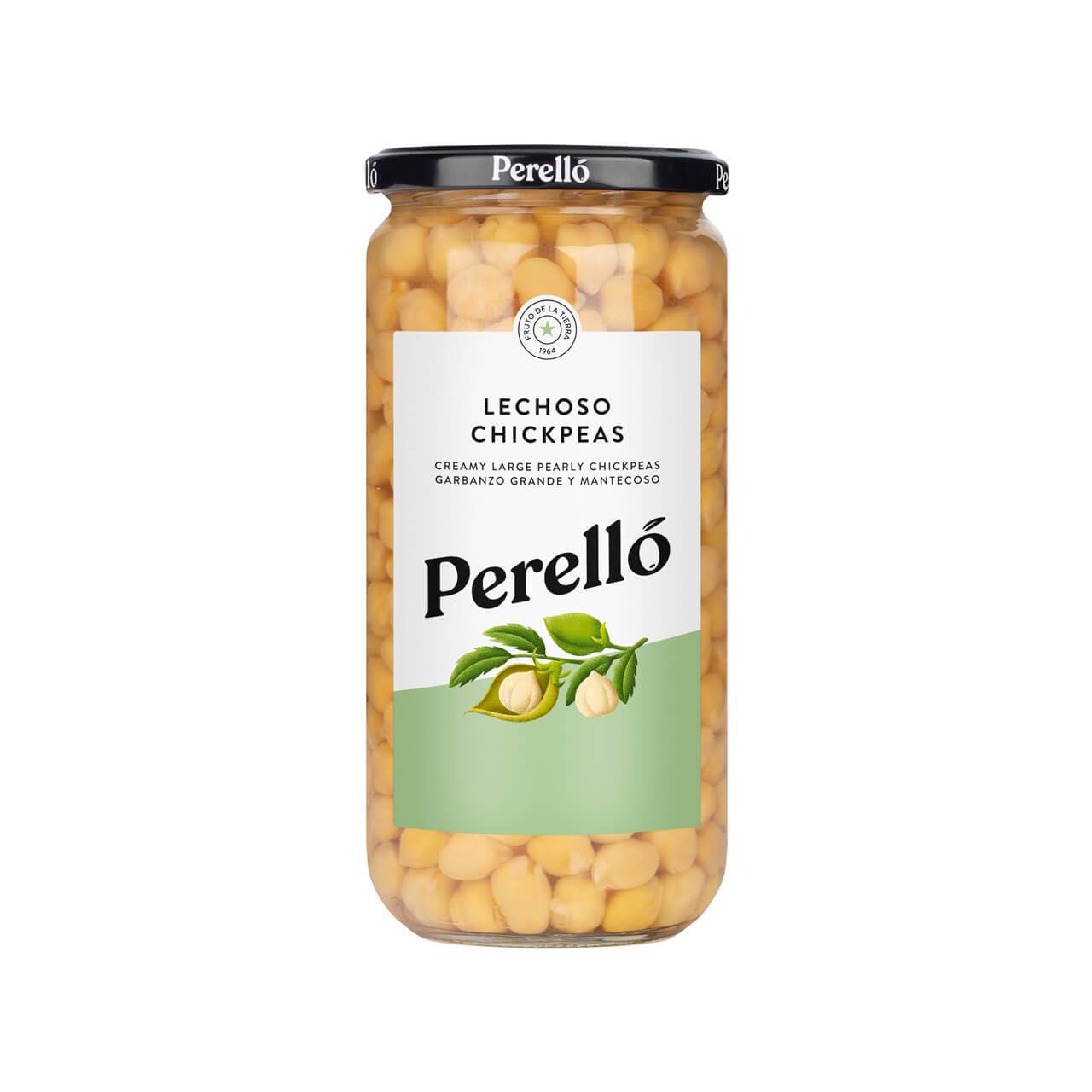 Perello Chickpeas
Perello Chickpeas Buy a Gift Card
Buy a Gift Card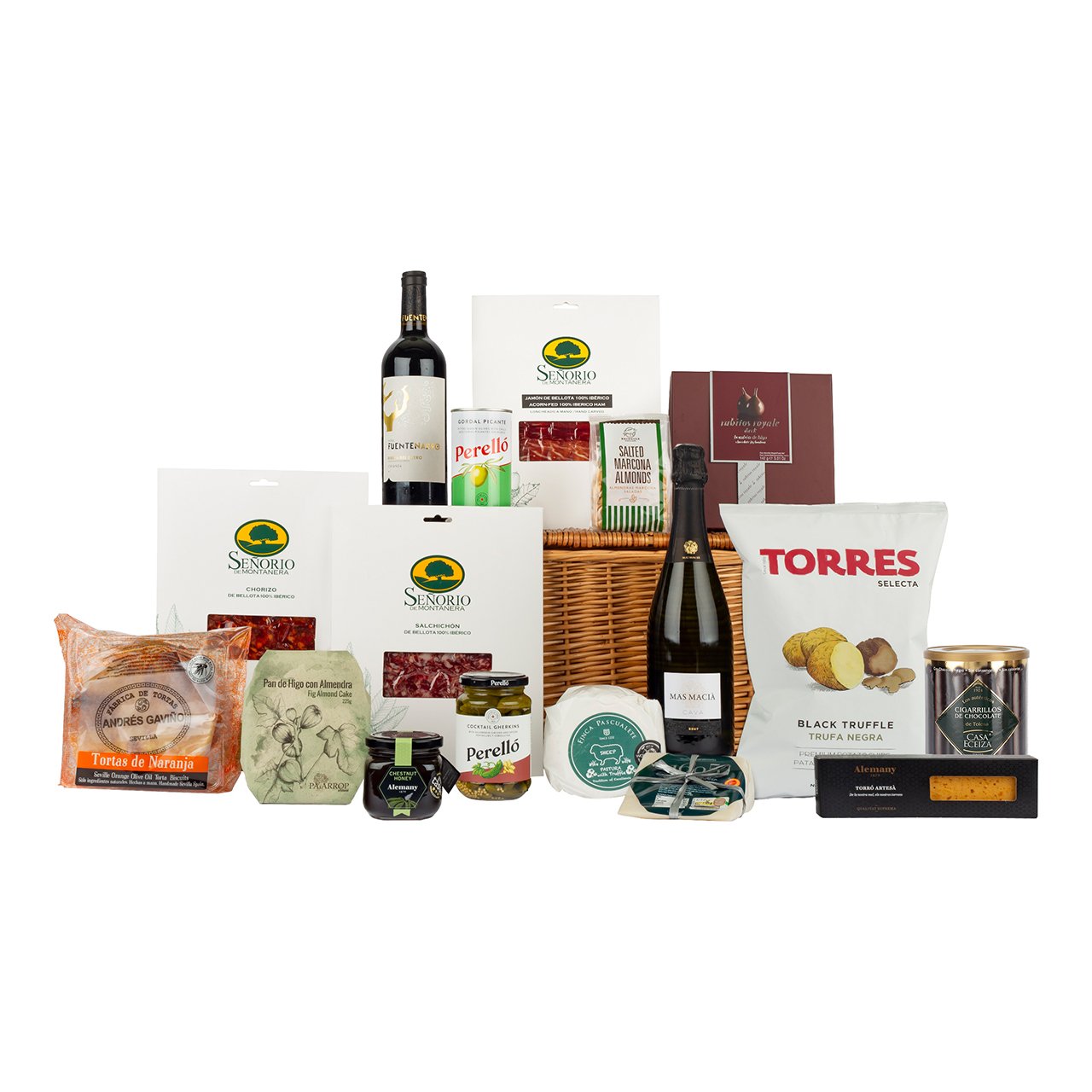 Celebration Hamper
Celebration Hamper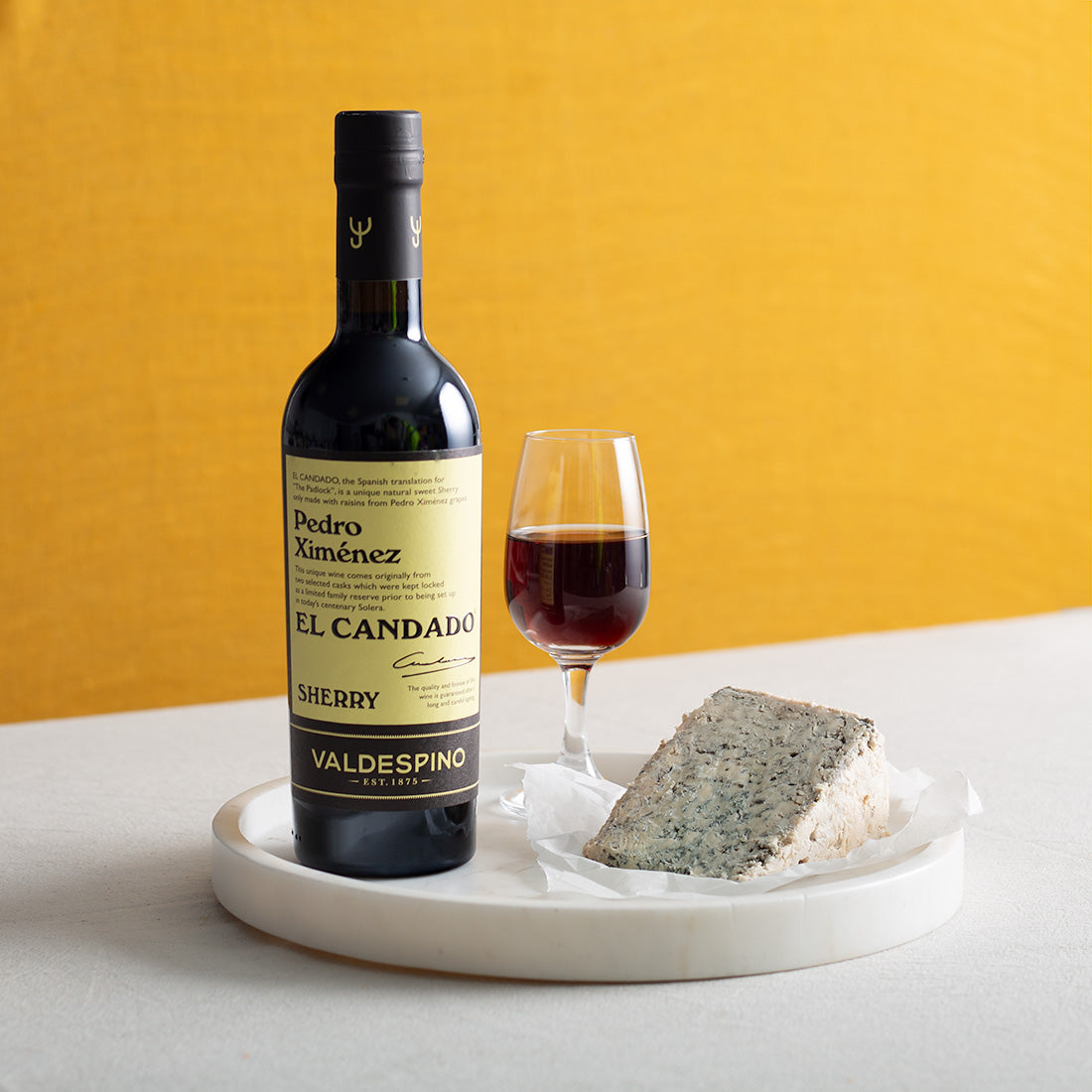 Sherry
Sherry Sparkling Cava for Christmas
Sparkling Cava for Christmas Perello Olives
Perello Olives Navarrico Butter Beans
Navarrico Butter Beans






